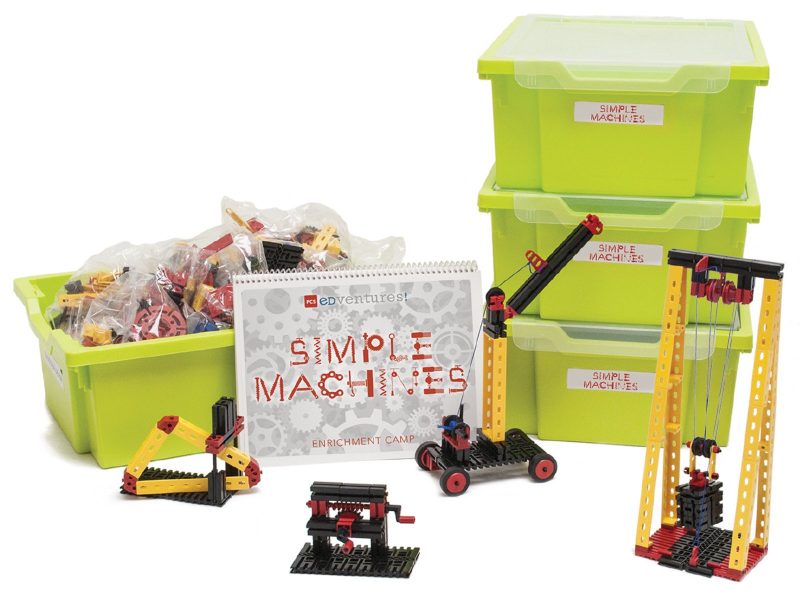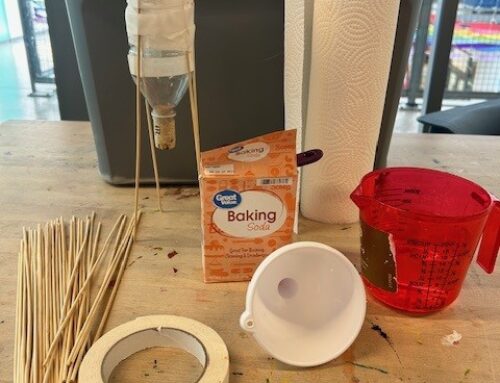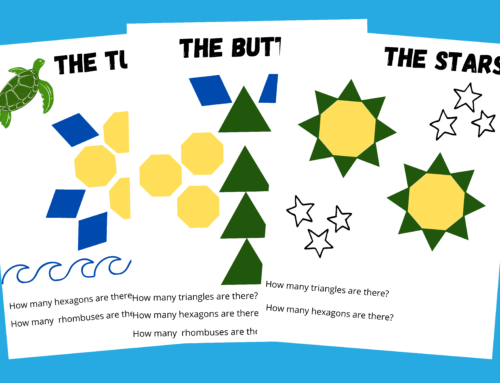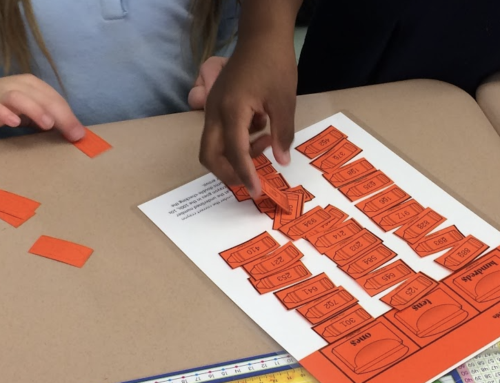As a librarian, I often find some people do not think that the library could be the place to explore physics concepts – but it is! Topics like engineering, speed, distance and time, motion and forces, and variables belong in the library. Over the summer I received a simple machines kit. It opened up a whole new world of learning opportunities for students in the library.
Hands-On Simple Machines
The Simple Machines Enrichment Program is a very large assortment of pieces that gives students a chance to use their hands and create simple machines like levers, pulleys, and inclined planes. is the process is similar to crating with LEGOs because students follow instructions to build simple machines, then break down the machines to create something new!
My favorite thing about the kit is that it comes with a curriculum guide that has lesson plans! The lesson plans are guided for elementary age students but can easily be adjusted for secondary age students. The Simple Machines Camp Kit promotes several 21st century soft skills like creativity, innovation, critical thinking, and problem solving. Students use creativity and innovation to build simple machines. Then they employ critical thinking and problem solving to find solutions to roadblocks that arise during construction. employ
Open Ended Possibilities
Using this kit, students can build pulleys, levers, wedges, worm gears, and complex machines using the included step-by-step instructions (much like LEGO instructions). That way, students can grab the set off the shelf and start building with very little teacher or librarian facilitation. However, the kit also lends itself well to open-ended creation. Students are only limited by their imaginations when building their own unique designs, making this kit perfect for a library or makerspace.
Integrated Learning
I am looking forward to working with my science and math teachers this year with this great tool. As a librarian, it’s a great opportunity for me to collaborate with my colleagues in other disciplines. Using the different simple machines, teachers will be able to allow students to engineer their own simple machines. Even take it a step further by calculating the relationships between force and mechanical advantage by testing out the machines!
When I was growing up and in school, we studied simple machines, but it was only ever in pictures. Rarely would one of my teachers bring in an actual simple machine for students to see. Now, with all-inclusive STEM kits like this Simple Machines Enrichment Program, teachers are able to show the students a physical representation of simple machines. And they don’t just visualize it either—they are able to build their own simple machines, enhancing critical thinking skills and applying real-world mechanical engineering practices.
Interested in the Simple Machines Enrichment Program? Check it out here:









Leave A Comment